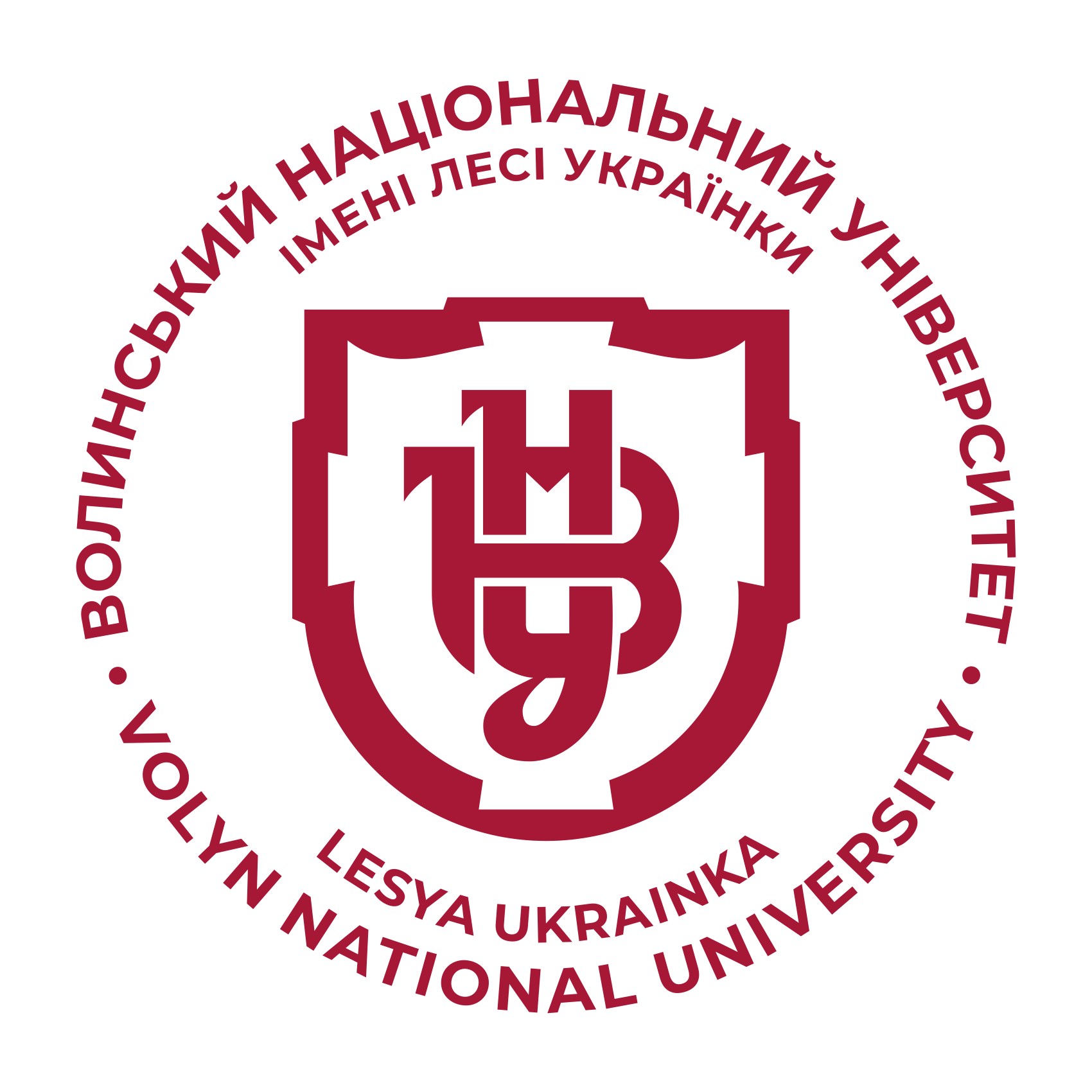Analysis of Anticrisis Policy of the US Federal Reserve and China
DOI:
https://doi.org/10.29038/2411-4014-2015-04-111-116Keywords:
anti-crisis policy, GDP growth, the real economy, the global financial crisis, monetary policy, mortgage securities, treasuriesAbstract
Modern research into the causes of the crisis allocate two main factors: it lacks a system of financial regulation and the spread of new financial
instruments. Monetary policy easing and providing liquidity to financial institutions is the traditional instrument for fighting against financial instability in developed countries. In the US, growth in demand stimulated by increasing the rate of consumer lending. For refinancing mechanism was introduced quantitative easing. It gave an opportunity to reduce the riskiness of banksʼ assets, to provide the necessary level of liquidity in their balance sheets and made a profit through operations on the secondary market.
China fought with the crisis through development foreign direct investment, export activity and the timely use of government stabilization measures.
To do this in China used measures of fiscal and monetary policies which were accompanied by legislative changes, the reform a system normative documents for the activity of enterprises and institutions, restructuring the economy and improving the social living standards.
For minimization crisis influence Ukraine has to: establish a system for the prediction and rapid response to financial crises; recognize the danger of the liberalization capital market; create a strategy for the development of Ukraine; stop the capital outflows; block corruption schemes; create a program for the development of domestic consumer demand and coordinate it with social policy; increase control over the banking system and so on.







